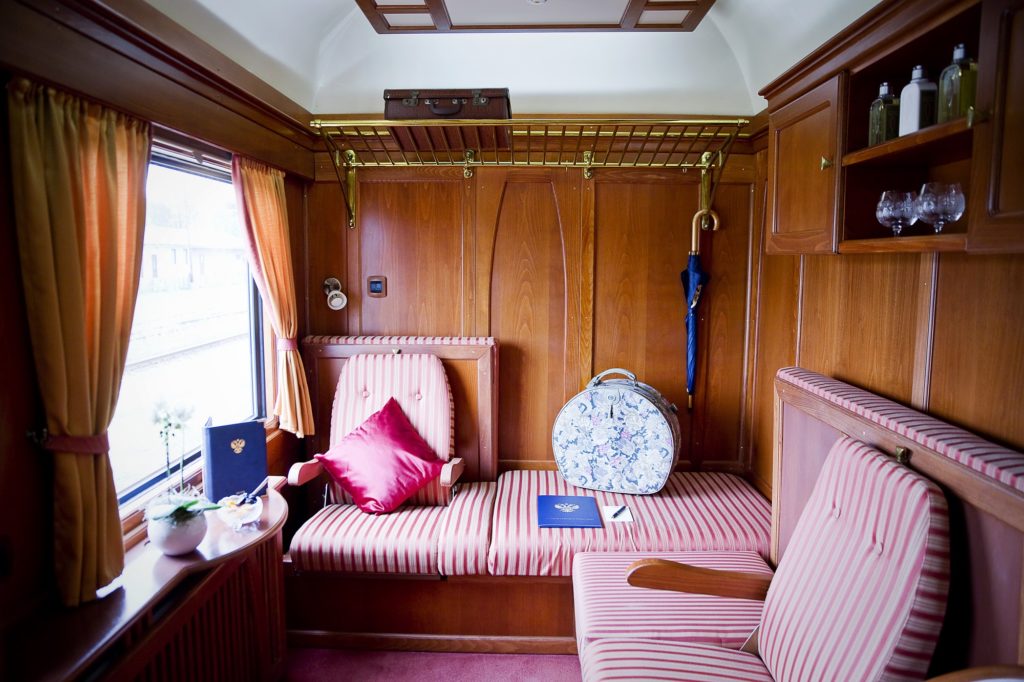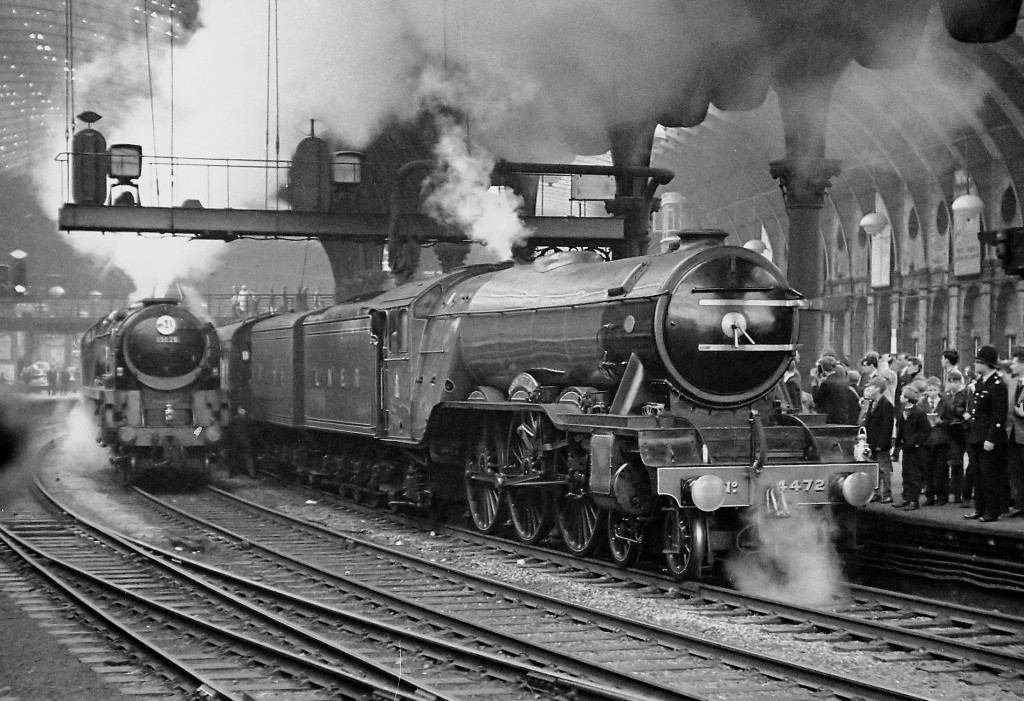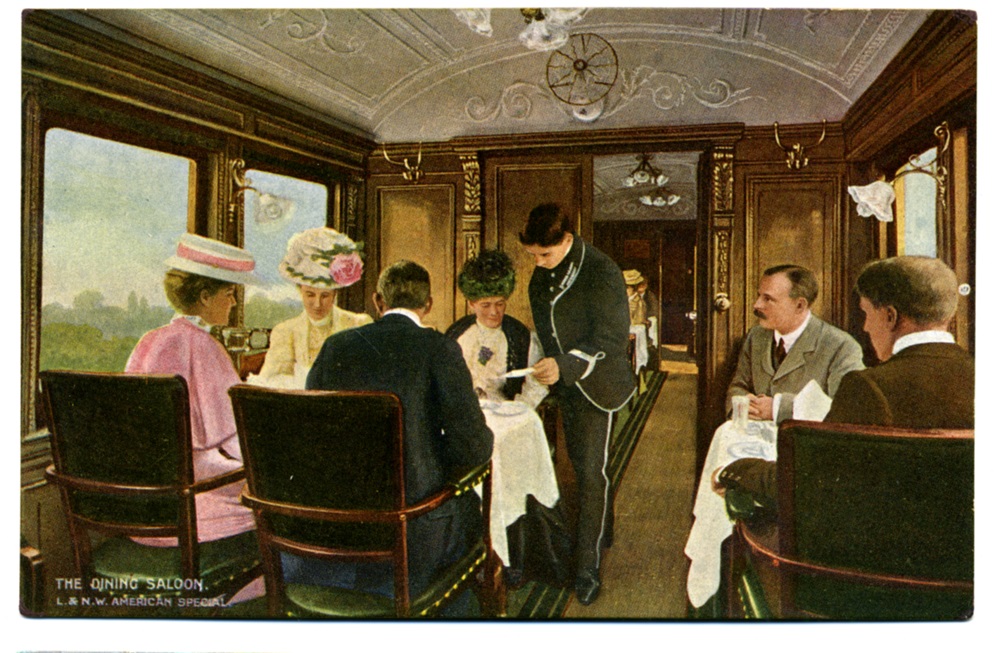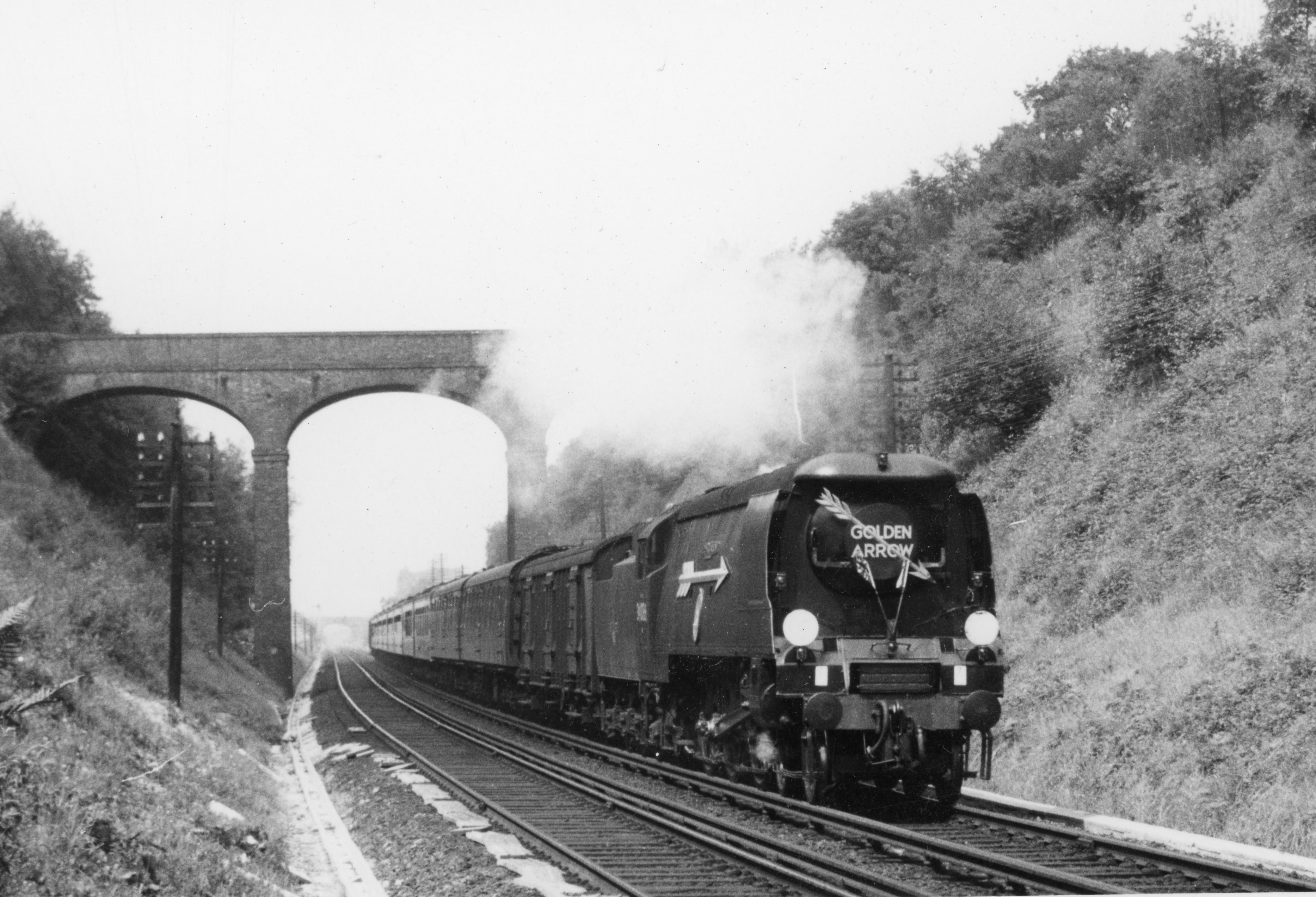Many people believe luxury train travel in Britain, Europe and the United States was the product of the 20th century’s inter-war years. True, some of the most illustrious luxury trains are firmly entrenched in this period, but the history really unfolds much earlier towards the end of Victoria’s reign when the Old World was beginning to attract thousands of international visitors from the New World presenting a stage where deluxe railway travel was now clearly on show. In this specially written article for Golden Eagle Luxury Trains, railway and travel historian Martyn Pring explores the early stages of this travel phenomenon.
Notions surrounding luxury rail travel began in earnest in the mid-1880s. In Britain up until the late decade there had been some railway company experimentation, but the notion of civilized travel arrangements had hardly moved on from the early 1860s when new Anglo-Scottish expresses were made up of primitive four and six-wheeled non-connecting carriages. These remained the norm (and on many other principal routes) before the use of two four-wheeled (and later six-wheeled) bogie stock eventually caught on. In fact, whilst some pre-grouping railway companies like the Midland Railway were true trailblazers, many others remained unconvinced of the benefits they delivered citing they were heavier, required more powerful locomotives, and a prerequisite for greater investment on capital expenditure they were loath to spend on. However, for travelling passengers’ advantages were self-evident.
The launch of the Orient Express in October 1883 provided a pivotal moment in the development of the luxury train concept. The initial service linking many European capitals ran with two sleeping car saloons and a dining carriage sandwiched between the two fourgons or luggage cars. However, it was the idea of a better travelling experience that caught the media’s eye. The launch event and the celebration of cuisine delivered by a small band of chefs working in cramped conditions was universally received with journalistic plaudits and especially with British audiences. The inclusion of local and regional foods on the train’s menus, reflecting the routes and tastes of the of the countries the train ran through, was first curated by the head Burgundian chef later described as a genius. The outward and return journey lasted eleven days, but clearly demonstrated Georges Nagelmackers’ uncanny ability to negotiate complex travel arrangements involving national institutions and myriad railway companies across the pockets of European states. Railway route expansion conveniently fitted this concept as deluxe first-class trains emerged as a product of these times largely driven by competition amongst railway companies across Britain, Ireland and Europe.
The 1890s marked a significant step-change in Britain and how railway companies saw their customers, belatedly realizing passenger expectations surrounding the quality of travel and services was clearly evolving. It was a decade of rapid and bewildering change as science and technology transformed the country, giving rise to the modern world and Britain’s (then) role as a superpower. The bigger railway companies were a key lever of industrial expansion altering everything around us forever. Britain’s railways were one of the country’s leading industries; locomotive, carriage and freight vehicle construction, railway building expertise, operational technologies and brains were exported around the globe.
Whilst railway companies possessed an infrastructure to effect change, society as a whole was knocking on their doors demanding transformation. An educated and moneyed upper and middle-class, benefiting from the professionalization of society (on both sides of the Atlantic), demonstrated cultural ambition, self-confidence and a willingness to tap into life’s better things. Railway companies and shipping lines were the new conduits of better ways to travel.

The end of the Victorian age was discernable as a period of decadence and interest in arts, popular culture and the written word altering the travel landscape and demand for luxury products and services. Frequent and short breaks were now on travel agendas – railways got you there fast. Domestic and overseas travel became cornerstones of Victorian and Edwardian life. Notions surrounding adventure, walking, outdoor pursuits, culture and heritage registered ever more prominently on peoples’ radars. From the 1890s decadent places to stay, restaurants, eateries and new concepts surrounding the luxury floating palaces of trans-Atlantic liners and their accompanying boat trains were on architect and designer drawing boards but constructed to mirror society’s accepted class segregation.
Into this mix a profusion in the number of new magazine titles targeting upscale readers was a particular feature with the amount of space given over to attracting a female audience. Specialist weekly women’s magazines such as the Lady and Vanity Fair were launched as the ‘lady in the house’ was beginning to exercise significant influence on family travel plans which increased substantially in later years. The idea of ‘travelling in style’ undoubtedly caught on. See my blog here.
So how did all of these ideas transform themselves into better ways to travel by rail? Well certainly increased use of longer and spacious bogie carriages provided improved passenger comfort and facilities. Gangway/corridor connected stock with compartments and lavatories became the norm. Some railway companies invested in raised clerestory roofed coaches providing more natural light; elliptical shaped roofs became the standard form from Edwardian times when aided by new electric lighting technologies. This came about in 1894 when dynamos were attached to bogey wheels; dimly lit coaches on premier services were consigned to the past. One of the first benefactors were the London, Brighton and South Coast Railway’s (LBSCR) Brighton Pullmans and Newhaven boat trains. It was the beginning of ‘Pullman and Deluxe train travel’ whispered in the same breath as the British Pullman Company came under new ownership.
Improved gas technologies also provided safer environments for both lighting and food preparation and cooking areas, although in the event of collision and derailment, seeping gas was always a potential fire hazard. High-quality dining cars provided cultured ‘food on the move’ rail travel for both first and third-class passengers. It was more complex on the Continent as second-class travel still existed. Such were British food service developments new third-class diners were akin to first-class of other railway companies. And similarly, first-rate sleeping car services on long-distant runs were ever more pleasant especially on consortia led Anglo-Scottish expresses. Ideas of ‘hotels on wheels’ entered everyday language. After a difficult start in Britain, The Pullman Company gradually gained a foothold on LBSCR and South Eastern and Chatham Railway (SECR) services providing some of the first named luxury trains such as the Southern Belle. By Edwardian times the numbers of affluent first-class passengers increased substantially; the new Southern Belle Pullman service described as ‘The Most luxurious Train in the World’ when launched in 1908.

From the turn of the twentieth century, the idea of the named train helped evolve railway company thinking surrounding the routes they served and destination and place branding ideas. Nowhere benefited more than Scotland. On the Anglo-Scottish routes, named trains entered the everyday lexicon; the Flying Scotchman – future Flying Scotsman and the Midland Scotch Express were amongst some of the best premier expresses of their day. Railway companies working in collaborating with local authority and private sector partners, created specific products targeting affluent visitors e.g. golf destinations, spa, coastal and seaside resorts. The Great Western Railway (GWR) were in fact one of the earliest adopters of highly sophisticated destination marketing programmes working hand in glove with various partners. In 1904 the GWR produced its ‘Historic Sites and Scenes of England’ marketing campaign specifically targeting the American market. The Sphere magazine pronounced the publication:
‘As a most admirable specimen of how a railway company can best utilise its forces. This is no mere puff. It is a handsome volume of 128 pages, very elaborately illustrated with everything of interest that can be seen on the great railway’s excellently managed system. The writer has a keen sense of those literary and historic associations which appeal with full force to the American pilgrim.’
This coincided with the launch of the Cornish Riviera brand and the company’s accompanying express of the same name – also known by GWR as The Limited – but indisputably one of the delights of refined West Country Edwardian travel.
Nowhere was the idea of luxury first-class service more noticeable than on cross-channel boat trains. From late Edwardian times SECR provided Dover/Folkestone Pullman boat trains. On the other side of the English Channel, French operators – Etat, Nord, PLM and Wagons-Lits – were just as active as their British counterparts providing exquisite travelling environments for period travellers. This also extended to far improved places to stay at the end of a journey. Grand Hotels based on the American model were an ever-increasing feature of European city landscapes. During the late Victorian period British railway companies responded with not just stylish first-class passenger offerings, but also the building and running of a succession of quality hotels and especially that of the Midland Railway. Their Gothic style Grand London Hotel was one of the finest in the world, run by the former manager of the Victoria Hotel in Venice, equipped with every luxury, even to a telephone system for listening to live concert performances. Such were the high international standards; the hotel was featured in Bedecker’s Guide with services comparable to the Ritz.

One of the major drivers to the extension of luxury facilities enjoyed by period travellers was the value and numbers of American tourists coming to Britain and Europe. The impact of the US source market in shaping luxury travel agendas in Britain and the continent was a significant signature of the times. New classes of trans-Atlantic liners, particularly from White Star Line could be found from the 1890s reflecting the value of American visitor economy to Britain and Europe. This influence was quite profound. One American travel writer Blanche McManus suggested in 1911 there were some 80,000 of her fellow countrymen either visiting or on longer-term stays in London, Paris and Berlin at any one time. Rome similarly had a significant Anglo-American community in permanent residence. They were recognised for their high-spending potential; travel providers – railway companies, shipping lines and hoteliers went out of their way to provide the best.
The London and North Western Railway (LNWR) and London and South Western Railway’s (LSWR) open and compartment ‘American Boat Trains’ were some of the most advanced and comfortable luxury trains ever built – they were the equivalent of the ‘floating palace on wheels’. Americans in their droves frequented them. Some eighty percent of travellers trooping off luxury steamers at New York were returning Americans. Such was the scale of the American ‘Army of Invasion’, it was estimated by the outbreak of the Great War, some 150,000 US travellers were arriving in Britain annually. Little surprise railway companies went to such lengths to secure prosperous patrons.
Martyn Pring is the author of the book ‘Luxury Railway Travel: A Social and Business History’ published by Pen and Sword. This fascinating book on luxury trains can be purchased via Casemate IPM (US) or Pen and Sword (UK).

 Search
Search





